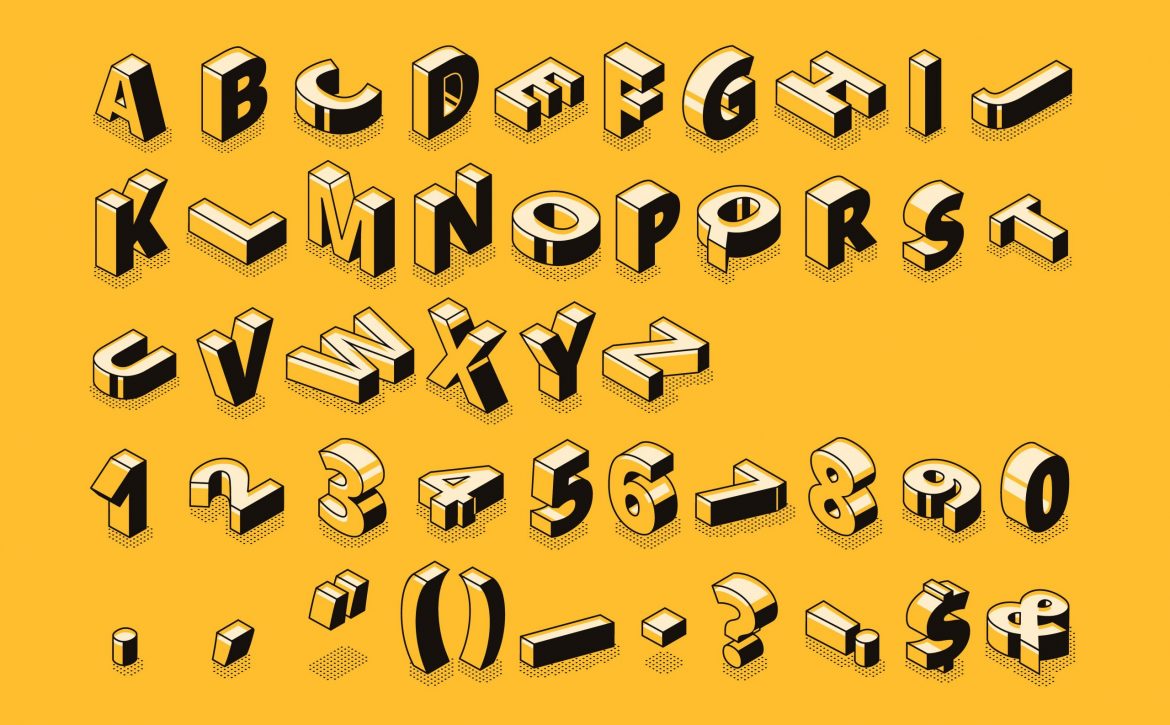Artificial Intelligence Benefiting The Healthcare Industry
Technology has widely proliferated across the industries and has touched almost every corner of our lives. Healthcare industry is one such segment that the technology is bringing in a disruption into. With a vast transformative capability, artificial intelligence(AI) and robotics are re-shaping the way this complex industry functions. It is slowly changing the healthcare delivery system in a much more streamlined, structured, and insightful manner.
AI and robotics have become an extended part of the human mind and body which performs tasks that humans do, more efficiently, quickly, and precisely. Whenever we think of AI and robotic in healthcare, we first envision a robotic surgery or automated check-ups, but in reality, the magnitude of this technology is a lot more than that. By simplifying the lives of doctors, patients, caregivers, and hospitals, AI and robotics are re-inventing the modern healthcare system by comprehending, learning, and solving problems like how doctors do. Having said that, today, AI-driven care does require some human intervention. It is predicted that shortly these programmed systems will make the right decision using their learning and understanding without any human interventions.
Here is a line-up of the major ways that robotics and AI are disrupting the healthcare industry as we discuss:
Accuracy
AI and robotic systems do not get tired, hassled, or lose attention. It perfectly bridges the gaps between human intelligence and machine performance. As these systems are tech-enabled and data-driven, they perform tasks with utmost precision, vigour, and intellect. As far as the software is rightly coded, human intervention can be limited.
Also, micro-robots are so conditioned that they perform their tasks very precisely. They are so designed that they travel to the destination point in the body and are used to deploy drugs locally or perform micro-surgeries like unclogging of blood vessels. A right code and it does it all.
Diagnostics and treatment plans
The best use of AI and the robotic system is to detect patterns that examine various conditions and health risks by studying the health records and other available data. If the data provided is accurate, AI can be extremely helpful in rightly identifying the risks and hazards. These systems are designed to analyse, predict, and provide solutions. Today, they are mostly used for advanced endoscopy and visual diagnostics.
The system can read zillions of cases and reports, and find co-relations between the available variables. This helps in real-time analysis of complex life-taking issues and risks, especially in the field of cancer diagnosis and treatment.
Virtual Assistance
Caregivers are the backbone of the healthcare industry. Using AI applications, they can deliver care services by virtual nursing and assistance. It is a great tool when hospitals and clinics have limited healthcare workers or are understaffed. Also, this professionally assisted AI-driven monitoring system is a great option for the ones who chose to recover from home or who can not afford a bed in a hospital. This can also help during the pandemics and outbreaks when hospitals have limited beds and are not readily available.
Decision Making
Any healthcare provider aims to improve the health of their patients and so is the motto of AI-driven healthcare robots. Care is best provided by carefully aligning the data with mindful decisions. The analysed data and insights help caregivers predict and make the best clinical decisions and act faster. AI-enabled healthcare systems help read reports and health data very precisely and quickly and thereby providing the best possible solutions depending upon their learning capabilities. Today, many hospitals and institutes are implementing cognitive technologies to read a high volume of data, enable quick diagnosis, and make informed decisions.
Final words
It is fascinating to see how technology is changing the way a complex and critical industry like healthcare is functioning now. Though there is a lot more than robots and AI in the healthcare industry, it is of course a notable growth in the segment. In the times to come, the industry will for sure witness development of more efficient tools, enhancements, and augmentations. The continuous learning of AI-driven robotics will only help improve their capabilities and efficiency and enable a healthier world.
GoodWorkLabs is a global technology development company. We have built custom-made and agile healthcare applications that have helped the industry to achieve their business goals effectively. We are known to make the best use of global tech trends while developing applications that excel massively. Reach out to us at +91- 9863077000 or contact@goodworklabs.com for a free 1-hour consultation of how we can help you.














